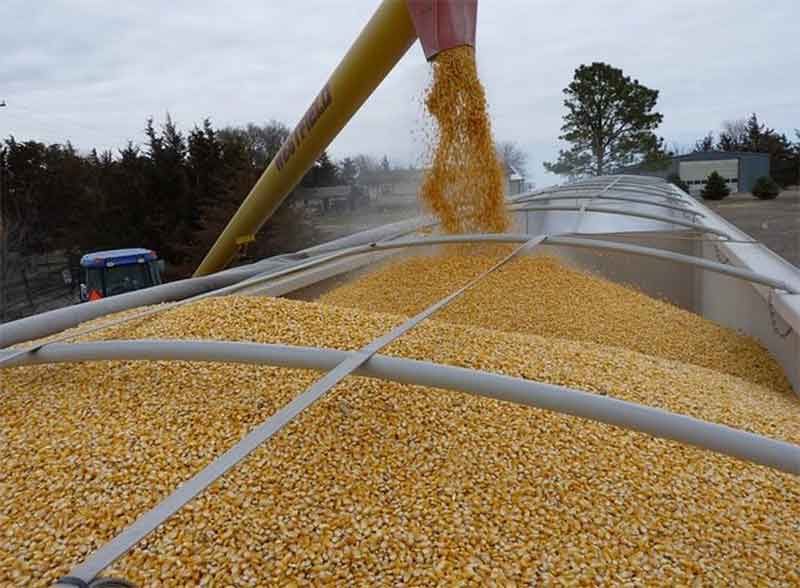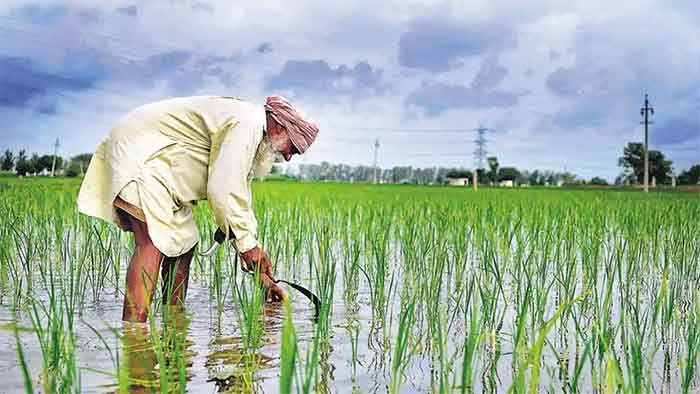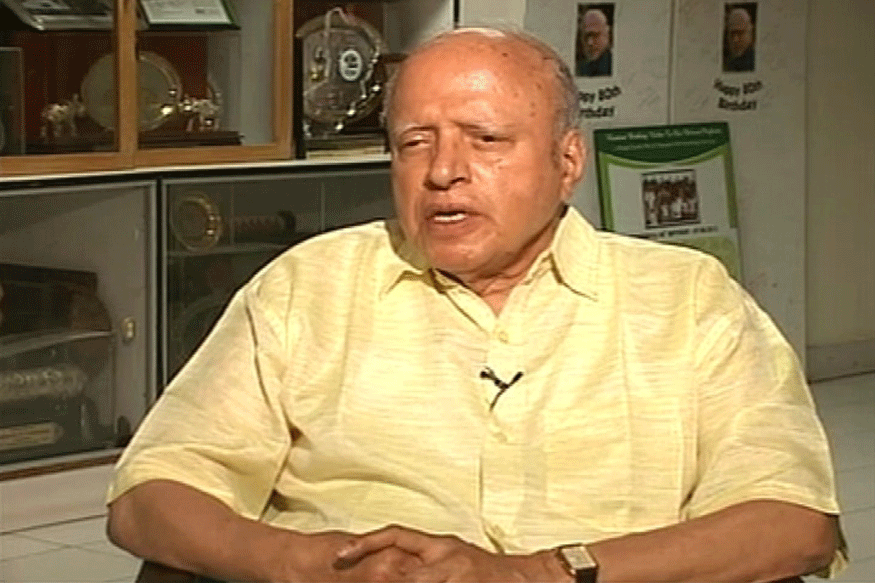
One of the biggest and most persistent myths of the discourse on agriculture relates to the success of the so-called green revolution. Let’s look at the actual experience of the green revolution (G.R.) in India.
In agriculture the period after mid-sixties is generally regarded as the ‘green revolution’ phase of Indian agriculture. The most important feature of this technology boom in agriculture is the introduction of HYV seeds. There can be several types of HYVs. For example, in Chattisgarh and Madhya Pradesh some indigenous rice varieties have been found to give very high yields even by traditional methods of cultivation without the use of chemical fertilisers. However, in the official programs of improved agriculture in India, generally only those (dwarf, non-lodging) varieties which gave high yields when fed by chemical fertilisers were included. Therefore we should call them HRVs (High Response Varieties) rather then HYVs. However for the sake of comparability with other publications, here also we use the improper word ‘HYVs.
Along with the spread of HYV seeds, as a part of the ‘package deal’, the use of chemical fertilisers, chemical pesticides and agriculture machinery increased greatly. To spread and strengthen the new technology, investment in farm research, education and extension, geared to promote this technology boom also increased rapidly.
An overview of the situation of farm productivity before and after green revolution is provided in the 12th Plan document in an important table (See Table below). Here we can see clearly that despite the much higher use of chemical fertilisers, pesticides etc. in the green revolution phase, the growth of farm yield on the whole was in fact lower.
Table 1
Average Annual Growth Rates in Yields per Hectare
Crop Pre-Green Revolution Green Revolution
1951-52 to 1967-68 1968-69 to 1980-81
Wheat 3.7 3.3
Rice 3.2 2.7
Jowar 3.4 2.9
Bajra 2.6 6.3
Maize 4.8 1.7
Coarse Cereals 2.6 1.5
Pulses 2.3 -0.2
Oilseeds 1.3 0.8
Cotton 3.0 2.6
Sugarcane 1.6 3.1
While the poor performance is very evident from this table, on the other hand we also have several studies by eminent experts who studied India’s agriculture based on indigenous varieties and the accompanying technology and found that the farmers were making very good use of their resources and conditions, and that the technologies followed by them were very sound and suitable to their conditions.
We also have evidence that many indigenous varieties have yields higher than GR varieties without using the heavy doses of agri-chemicals needed by GR varieties.
What is more, it is known now that before G.R. seeds were introduced, far from facing emergency conditions, India’s scientists were on the verge of a major breakthrough for raising yields based on indigenous varieties, at least in the case of the most important food crop rice.
Land-reforms too would’ve opened up the doors for increasing productivity significantly, but this path was neglected badly.
In addition the green revolution technology phase has seen high rates of depletion of natural fertility of farmland, including alarming loss of several micro-nutrients, high fall in water table in vast areas, many cases of poisoning of people by pesticides and other agro-chemicals, as well as loss of other forms of life and spread of serious diseases, botanic holocaust in the form of loss of thousands of crop varieties and threats to others, loss of invaluable traditional wisdom relating to agriculture and seeds.
There have been several other adverse impacts including much diminished per capita availability of pulses and legumes, loss of taste and nutrition in food-crops, reduced availability of fodder, serious hazards and pollution in more intensive G.R. areas and high drain on foreign exchange as India has emerged as the highest importer of chemical fertilisers.
Clearly the GR approach to agricultural development should be given up. The following alternative approach should be emphasised.
>> Protecting vast diversity of indigenous seed varieties and organic, low-cost, ecologically protective, self-reliant, local resource based farming methods.
>> Using scientific knowledge to promote the above approach and the ‘agro-ecology’ approach in better ways. Priorities of farm research and extension network to be entirely changed in this direction.
>> Land-reforms to be implemented effectively.
>> Much higher allocation for agriculture and allied activities with direct benefits to organic farmers and seed-savers, seed protectors.
Bharat Dogra is a freelance journalist and author who has received several awards for rural and development reporting. His latest book is Vimla and Sundarlal Bahuguna—Chipko Movement and the Struggle Against Tehri Dam Project
SIGN UP FOR COUNTERCURRENTS DAILY NEWSLETTER
















































